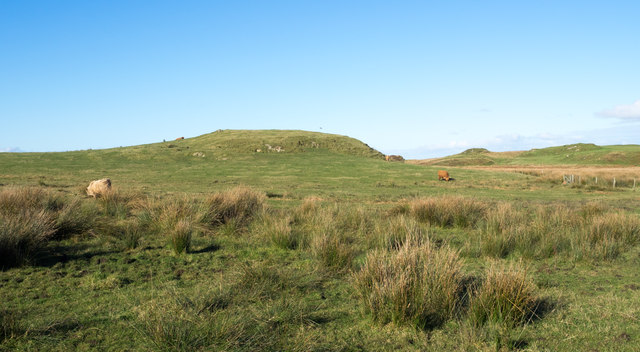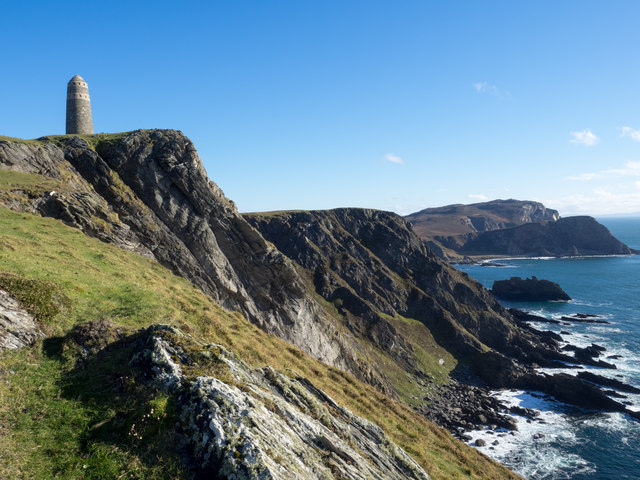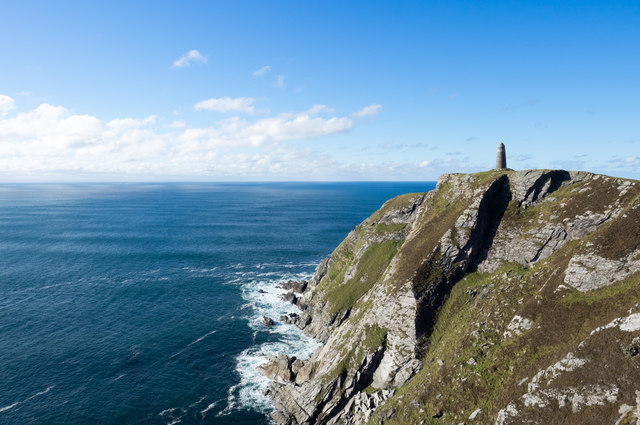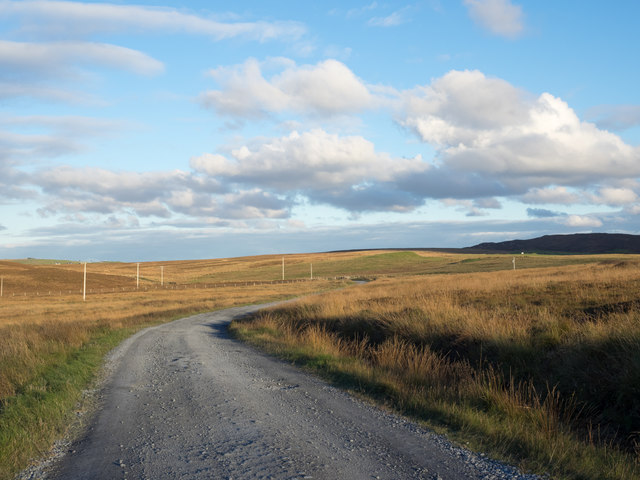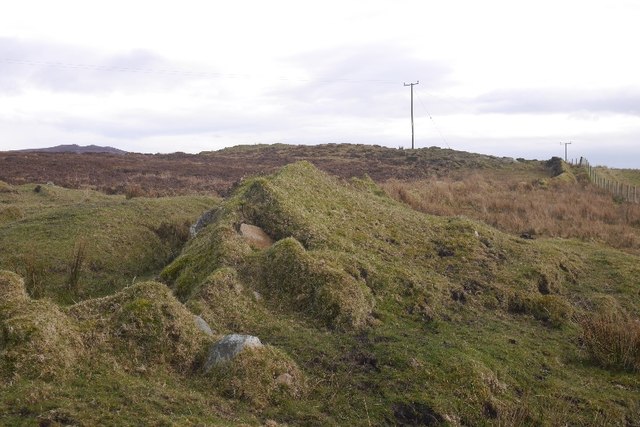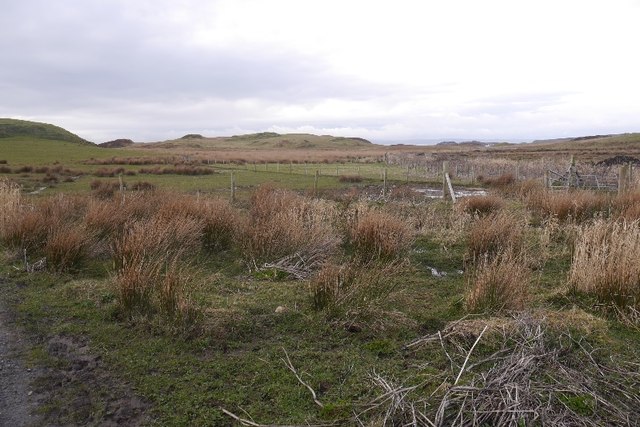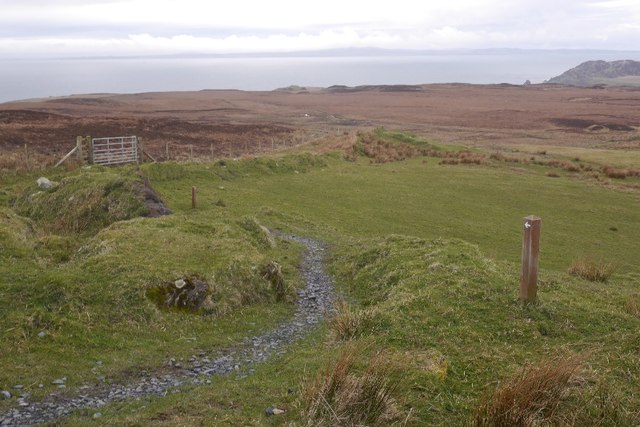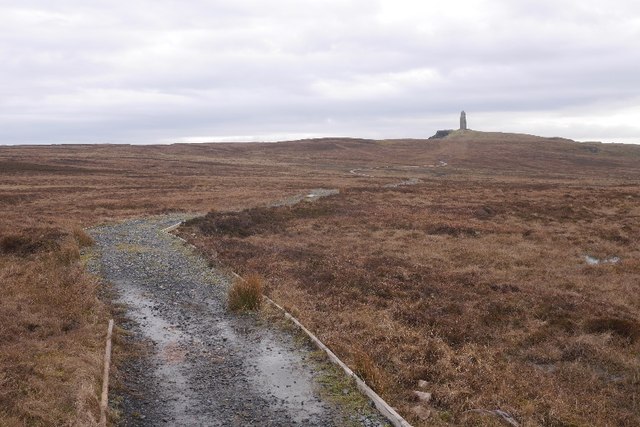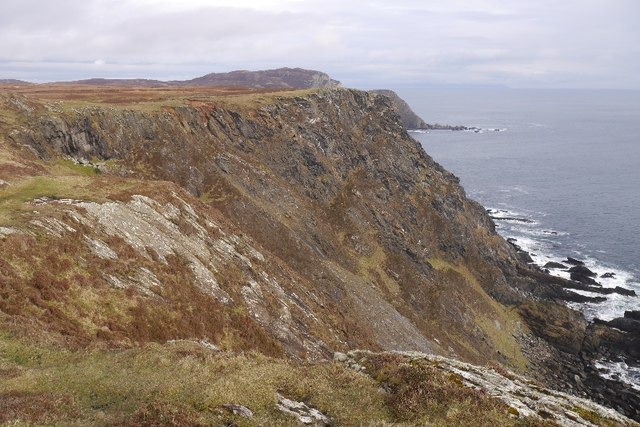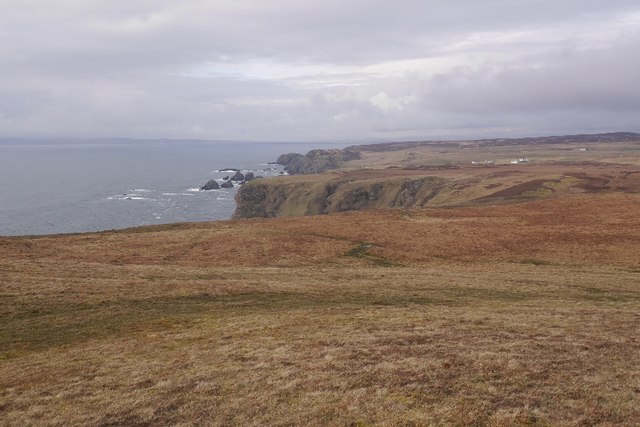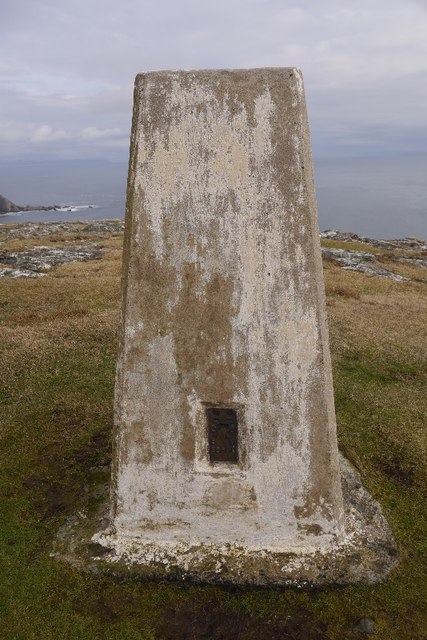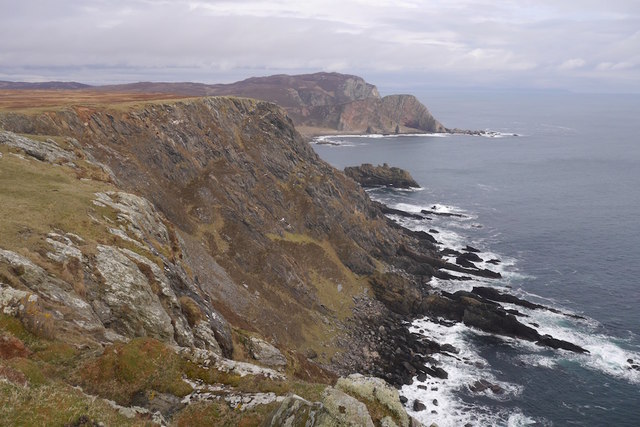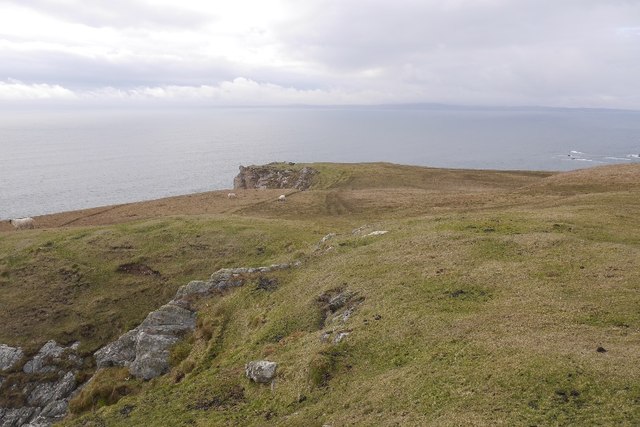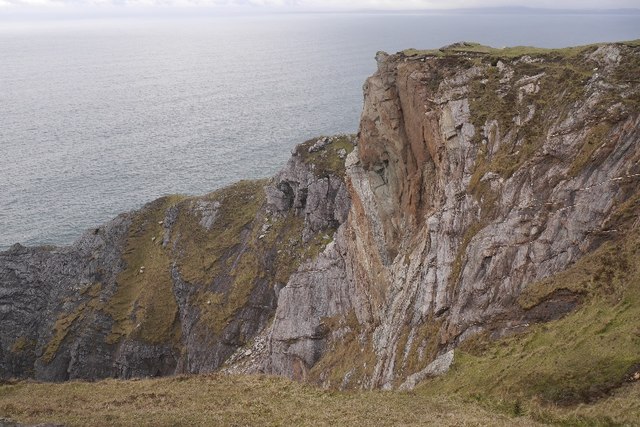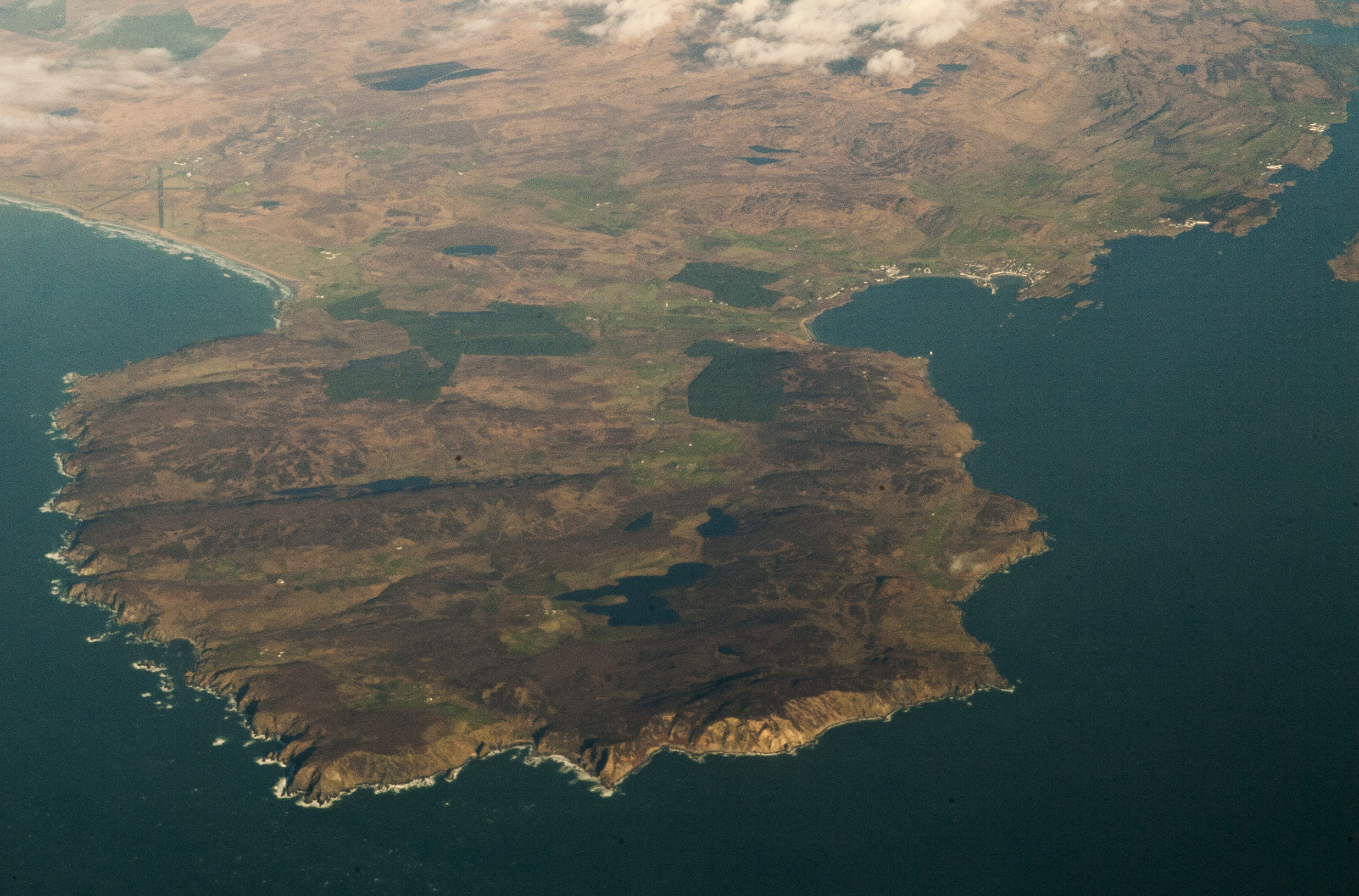Loineag Rocks
Island in Argyllshire
Scotland
Loineag Rocks
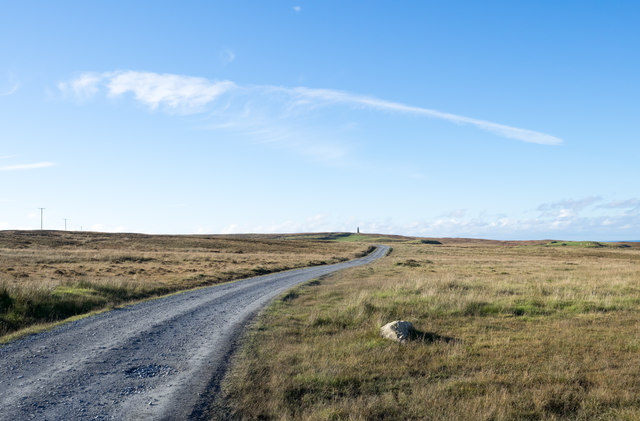
Loineag Rocks is a stunning island located in Argyllshire, Scotland. Situated off the western coast of the Scottish mainland, it is part of the Inner Hebrides archipelago. The island is known for its rugged and dramatic landscape, featuring towering cliffs, rocky shores, and breathtaking views of the surrounding sea.
Covering an area of approximately 50 acres, Loineag Rocks is a haven for wildlife enthusiasts. The island is home to a diverse range of flora and fauna, including seabird colonies, seals, and otters. Its remote location and untouched nature make it an ideal spot for birdwatching and photography.
Loineag Rocks offers a unique opportunity for outdoor activities such as hiking and exploring. The island boasts a network of walking trails that take visitors through its rocky terrain, offering panoramic vistas and encounters with the local wildlife. The rugged coastline also presents opportunities for sea kayaking and fishing.
The island's history is rich and mysterious. It is believed to have been inhabited as far back as the Iron Age, with remains of ancient settlements and burial sites still visible today. Loineag Rocks also played a significant role in the Viking era, serving as a strategic point for Norse invaders.
Accessible only by boat, Loineag Rocks provides a tranquil escape from the hustle and bustle of modern life. Its natural beauty, wildlife, and historical significance make it a must-visit destination for nature enthusiasts and history buffs alike.
If you have any feedback on the listing, please let us know in the comments section below.
Loineag Rocks Images
Images are sourced within 2km of 55.607583/-6.3310909 or Grid Reference NR2743. Thanks to Geograph Open Source API. All images are credited.
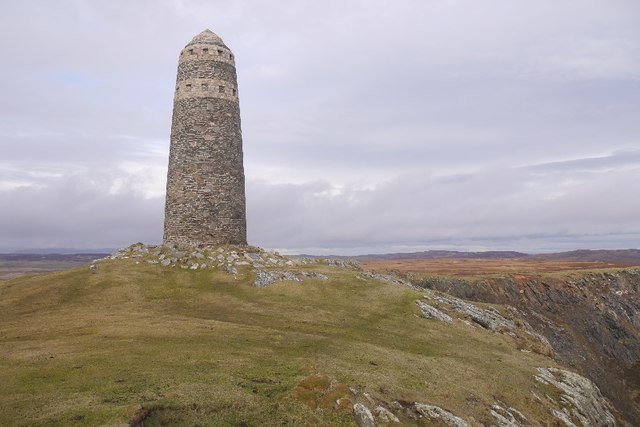
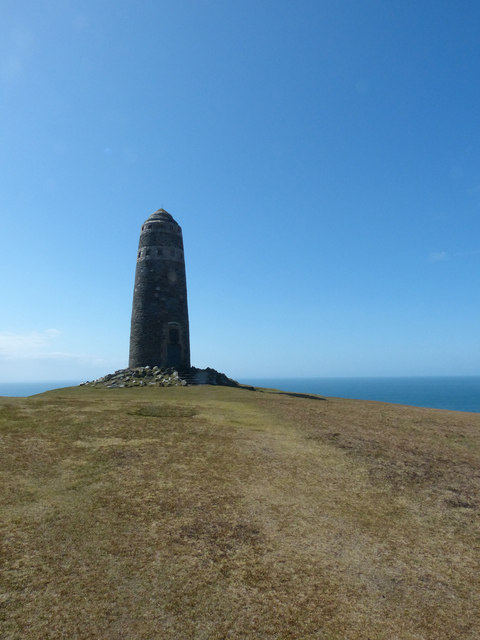
Loineag Rocks is located at Grid Ref: NR2743 (Lat: 55.607583, Lng: -6.3310909)
Unitary Authority: Argyll and Bute
Police Authority: Argyll and West Dunbartonshire
What 3 Words
///comically.overheat.original. Near Port Ellen, Argyll & Bute
Related Wikis
Eas Mòr, lower
Eas Mor (lower) is a waterfall on the Abhainn Ghil on the island of Islay, in Scotland. It lies on the west coast of The Oa peninsula north of Lower Killeyan...
Eas Mòr, upper
Eas Mor is a waterfall is a waterfall on the Abhainn Ghil on the island of Islay in Scotland. It lies on The Oa peninsula south of Giol and west of Lenavore...
The Oa
The Oa ( OH) (Scottish Gaelic: An Obha) is a rocky peninsula in the southwest of the island of Islay, in Argyll, Scotland. It is an RSPB nature reserve...
Machrie golf course
The Machrie Golf Course, or "The Machrie Links", is located on Islay, in Scotland. The word "machrie" is a corruption of the Scottish Gaelic machair, which...
Nearby Amenities
Located within 500m of 55.607583,-6.3310909Have you been to Loineag Rocks?
Leave your review of Loineag Rocks below (or comments, questions and feedback).
